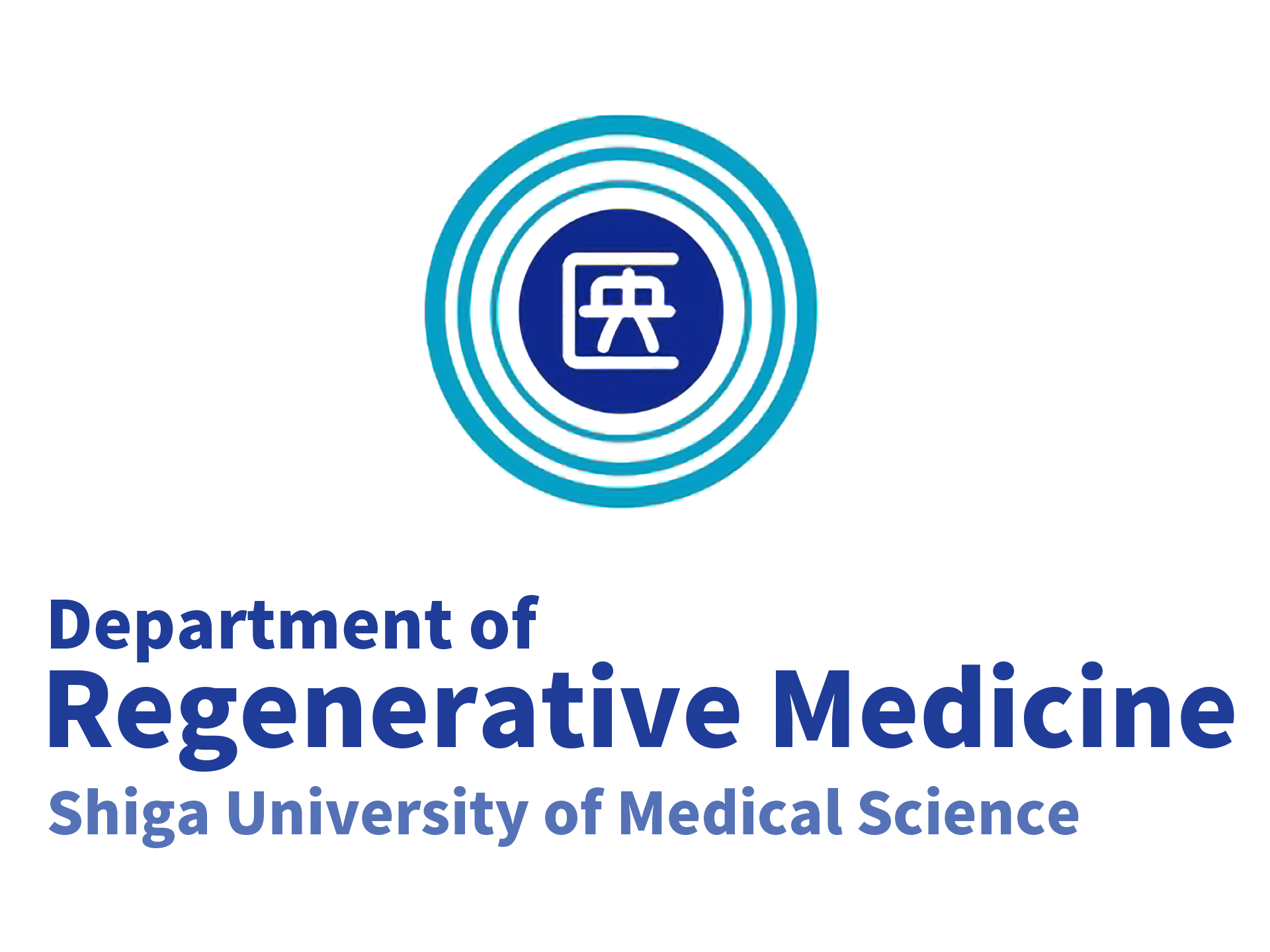FAQ
We are happy to answer frequently asked questions about Biozipcode’s business. If your question is not covered in the FAQ, please feel free to contact us through our inquiry form.
Development of a Cure for Diabetes and its Complications
Both methods are currently considered feasible for development.
The drug is intended for all patients with diabetes, regardless of the severity or type (Type 1 or Type 2), and is also expected to be effective for almost all complications of diabetes. Please refer to the drug’s mechanism of action for more details.
The development cost for the new drug typically requires several ten of million to hundreds of USD. Our company is considering raising funds through investors, government and private grants, and joint research partnerships to secure the necessary funds for research and development, clinical trials, and regulatory applications. Efficient fundraising and resource optimization are essential for the success of new drug development.
The expansion into international markets will be considered based on the regulations and market demands of each country. Diabetes is a global health issue, so there is an anticipated international demand.
The target patient group is determined based on the results of clinical trials. Particularly, patients with severe diabetes or those who have not improved with other treatments may be prioritized.
The primary challenge in developing the new drug is finding an effective treatment that addresses the fundamental cause of diabetes. Current treatments mainly focus on managing blood sugar levels and do not lead to a complete cure of the disease itself. Additionally, it is necessary to confirm the safety and efficacy of the new drug and obtain regulatory approval. This requires extensive clinical trials and rigorous data analysis.
This drug focuses on the root cause of diabetes, offering a different approach from current symptomatic treatments. It aims for complete healing of the patient, giving it a competitive edge. Specifically, the drug acts directly on the root cause of diabetes, especially targeting the abnormal stem cells believed to trigger the disease, with the goal of normalizing them. This aims to resolve diabetes and its complications fundamentally, significantly improving patients’ quality of life. It represents a new approach different from existing treatments, potentially enabling a complete cure for diabetes.
A new diagnostic drug is being developed to identify abnormal stem cells that cause diabetes. This could provide greater accuracy than traditional diagnostic methods, such as fasting blood sugar levels and Hemoglobin A1C (HbA1C) values.
HDAC inhibitors are already commercially available for other uses, and their safety is established. This allows for shorter development time and costs compared to completely new drugs.
The market launch of the new drug requires successful clinical trials and regulatory approval such as FDA. The goal is to start Phase 1 trials in 2024, and enter Phase III trials in late 2025 to early 2026. If successful, this new drug could be a significant hope for diabetes patients, potentially reducing medical expenses and socio-economic burdens. It is also expected to be effective against diabetes complications.
The development involves clinical trials on the therapeutic effects of already commercially available HDAC inhibitors that is not for diabetes, using repurposing or repositioning strategies. These drugs are also expected to be effective for diabetes complications.
There are approximately 537 million people with diabetes worldwide, and once it develops, it is difficult to completely cure with current medical technology. This new drug aims to fully cure diabetes and its complications, unlike traditional treatments that mainly focus on controlling blood sugar levels. This could improve the quality of life for patients and potentially reduce healthcare costs.
The research focuses on specific cells that are fundamental causes of diabetes. A new diagnostic drug is being developed to identify these cells, aiming to completely cure diabetes.
The purpose of this new drug is to completely cure diabetes. Current treatments primarily focus on balancing blood sugar levels, but do not entirely cure diabetes itself.
Development of a Cure for Diabetes and its Complications in Pets
Currently, the treatment of diabetes in pets relies mainly on insulin injections, which are challenging for pet owners to manage daily and can be stressful for the pets.
In particular, the frequency and amount of insulin injections need to be precisely managed, which is a significant burden for pet owners.
The new drug aims to provide a simpler and more effective treatment method, thereby improving the quality of life for both pets and their owners.
Both methods are currently considered feasible for development.
The safety evaluation of the new drug is conducted through clinical trials involving a wide range of animal species. This includes observing any side effects from short-term and long-term administration of the drug.
Particular attention is paid to chronic health impacts and the drug’s effects on specific health conditions. The impact of the drug on the physiological and behavioral characteristics of pets is also thoroughly evaluated.
The results of the safety evaluation are submitted to regulatory authorities before the drug’s market launch and are a critical criterion for approval. Safety evaluation is essential to ensure the health and safety of both pets and owners.
The primary challenge in developing new drugs for pets is confirming their safety and effectiveness across different species and sizes of pets.
It’s necessary to develop treatments optimized for each species, taking into account their physiological characteristics and metabolic differences. Additionally, developing drugs suitable for the specific health conditions and dietary habits of pets is required.
This involves extensive clinical trials for major pet species like dogs and cats. Also, developing administration methods that are easy for owners and less stressful for pets is crucial.
Treatment of diabetes in pets mainly relies on insulin injections. However, this treatment requires complex daily management, posing a significant burden for pet owners.
In particular, managing the correct amount and frequency of insulin is difficult for owners, and incorrect management can pose serious health risks to pets.
Also, insulin injections can be stressful for pets, potentially reducing the effectiveness of the treatment. The new drug aims to address these challenges, providing a simpler and more effective treatment method.
The drug normalizes mutated hematopoietic stem cells, which are the cause of diabetes. This approach addresses the fundamental cause of diabetes and its complications. Not only does it reduce the frequency of insulin injections traditionally required, but it also potentially eliminates the need for them entirely. This is expected to significantly improve the daily quality of life for pets.
The purpose is to completely cure diabetes and its complications in pets. This new drug aims to improve not only the insulin deficiency or resistance in pets, normalizing their blood sugar levels, but also achieving complete remission (cure).
Currently, pets rely on daily insulin injections, which is a significant burden for pet owners. The development of this new drug could improve the quality of life for pets and significantly reduce the mental and financial burden on owners.
Additionally, it aims to improve animal health and welfare and achieve longer lifespans.
Medical Support Project in the Republic of Palau
The survey for establishing a medical school in Palau will be conducted through a comprehensive and phased approach. Initially, an assessment of local healthcare needs and educational resources will be performed. Following this, detailed plans for possible campus locations, educational facilities, and academic program designs will be formulated. This process will involve consultations with government agencies, education experts, the local community, and international partners, aiming to establish a sustainable and effective medical education institution tailored to the region’s needs.
The latest medical advancements in diabetes treatment will be applied in Palau through educational programs, clinical trials, and customized treatment plans.This includes the introduction of new drug therapies, lifestyle modification strategies, and technological tools for diabetes management. Training local medical professionals and enhancing patients’ self-management skills are also crucial.
This approach will enable the latest insights in diabetes prevention and management to be utilized locally.
The future clinic at Sheraton Palau will collaborate with the local community by understanding their needs and providing community-based health programs.
This includes regular meetings with local leaders (High Chiefs) and residents of Koror State and the main island, conducting health education sessions, and offering medical services sensitive to local culture and traditions.
This approach will establish the clinic as a part of the community and enable it to deliver more effective healthcare.
The main challenges in establishing a medical school in the Republic of Palau include securing appropriate educational resources, recruiting quality faculty, and developing a curriculum that fits local culture and needs.
Ensuring facilities and equipment that meet international medical education standards, as well as providing student support and career development programs, are also significant challenges. Addressing these challenges requires close cooperation with the government, educational institutions, and the medical community.
Currently, there is no university in the Republic of Palau.
Treatment methods aimed at the complete cure of diabetes are first developed based on the latest medical research and clinical trials.
These methods are integrated into local medical protocols in close cooperation with the Palau community.
Local medical professionals are educated and trained to implement these methods. Patient follow-up and assessment of treatment outcomes also help improve treatment methods and maximize their effectiveness.
The joint research forum among medical professionals serves as a platform for sharing knowledge, developing joint research projects, and exchanging information on the latest medical practices. It includes research presentations, workshops, and discussion sessions, where participants share insights on the cutting edge of diabetes treatment. This enables medical professionals to develop treatments suitable for the local medical environment and improve the quality of patient care.
The medical need for diabetes treatment in Palau is assessed through regular medical surveys and information gathering in the region. This includes data on the incidence of diabetes, frequency of complications, and the capacity of local medical facilities. Understanding the needs and concerns of patients and families through community engagement is also crucial. This information is vital for designing and improving treatment programs.
The doctors and nurses dispatched to the clinic at Sheraton Palau specialize mainly in diabetes and its complications. This includes specialists in endocrinology, diabetology, general internal medicine, and emergency medicine.
They focus on managing diabetes, preventing and treating complications, and providing educational programs to improve the quality of life for patients and meet local medical needs.
About Biozipcode, Inc.
The expansion into international markets is being considered based on the regulations and market demands of each country. Diabetes is a global health issue, and international demand is anticipated. Patent licensing agreements and other preparations are being made in each country before the completion of international patent transfers.
Note: The term ‘domestic’ refers to within Japan.
The new drug targets all patients, including those with Type 1 and Type 2 diabetes, and is effective for diabetes complications. It is currently in the planning stage of clinical trials. Animal experiments are being conducted on mice and also on larger animals.
The main research and development areas are:
(1) Developing drugs that completely cure diabetes and its complications, focusing on specific cells that are the root cause of diabetes, and working on new diagnostic and treatment drugs.
(2) Advancing new ventures in the application of Biozipcode technology (cell targeting technology).
Biozipcode, Inc. was established in January of Reiwa year 4th (2022) with a capital of 70 million yen. Funding has been provided by Representative Director Fumihisa Kojima and Studio Makyu Co., Ltd, along with their collaborating companies.
The development costs for new drugs usually range from several tens of million to hundred millions of USD, and funding is planned through investors, VCs, government and private grants, and partnerships for joint research.
Biozipcode, Inc. is dedicated to tackling untreated diseases such as diabetes and providing fundamental treatment methods. To achieve this goal, the company conducts research using cutting-edge scientific technology to delve into the essence of diseases.
It focuses on achieving a complete cure for diabetes, emphasizing scientific discovery and societal understanding and support.
The establishment of Biozipcode, Inc. began around 2015, as part of a joint research initiative between StudioMakyu Co., Ltd. (led by Representative Director Fumihisa Kojima) and the Department of Biochemistry and Molecular Biology at Shiga University of Medical Science (formerly led by Professor Hideto Kojima, now a special professor).
StudioMakyu Co., Ltd. initially supported both traditional wet lab research (In Vivo and In Vitro) as well as In Silico research and development. This included using bioinformatics tools like BLAST, developing proprietary software, and performing large-scale computations with GPGPU.
In January 2022, Biozipcode, Inc. was established to continue the joint research with StudioMakyu Co., Ltd. . Subsequently, in April 2022, a joint research lab for “Regenerative Medicine Development Course” was set up at Shiga University of Medical Science, focusing on developing new curative methods for intractable diseases including diabetes, and establishing new treatments using cell-targeting peptides (Biozipcode).
Merchant Bankers Co., Ltd. promised an investment of 100 million yen and assistance in raising funds of approximately 10 billion yen. However, due to delays and refusal in the payment of joint research expenses, citing reasons like delays in peer review of lab papers, unpaid bills to the patent office for patent applications, and threats of termination of the joint research agreement, Fumihisa Kojima bought back all shares in exchange for the 40 million yen disbursed by Merchant Bankers Co., Ltd. and the costs of patent applications. He aimed to continue the joint research course. Currently, over 130 million yen is being spent on research and related expenses.
In June 2023, a study titled “Complete remission of diabetes with a transient HDAC inhibitor and insulin in streptozotocin mice” was published in Communications Biology, leading to an increase in joint research funds by Biozipcode, Inc. and accelerating the research. Plans are in place to continue research beyond the fiscal year 2024 and to consider business partnerships and joint ventures with pharmaceutical companies.
For the release from Merchant Bankers Co., Ltd., please refer to this URL.
https://www.nikkei.com/nkd/disclosure/tdnr/20230227518853/





